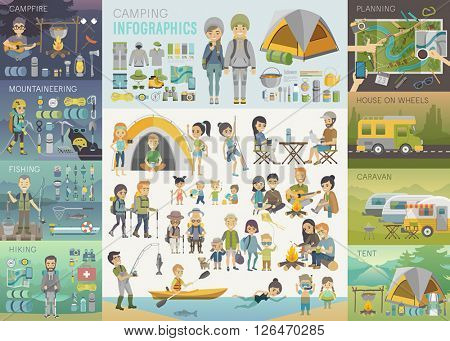Glamping Regulations From Building Codes To Accessibility
Why Every Four-Season Tent Requirements a Cooktop JackA double-wall design that's both breathable and water resistant. They can be extra comfy than single-wall tents in winter season however can be much less sizable and open up views less.
Designed to stand up to high winds and shed snow. They might additionally have thicker poles and added guylines to improve strength.
Whether you're glamping or backpacking, these tents can manage a selection of winter season problems. They're perfect for those looking for a comfortable and warm resort in the backcountry.
1. Weatherproofing
Several tents include waterproofing that's augmented by polyurethane finishes and durable water repellent (DWR) treatments. At some point, however, modifications in temperature level and prolonged exposure to sunshine can degrade the camping tent's safety layers. Refreshing these with joint sealant or a DWR treatment can assist secure your outdoor tents from moisture damage and extend its valuable life.
When leaving your tent, take the time to thoroughly fold and fit each shockcorded post area into area. This will certainly protect against undue tension that can damage or chip the post sections and cause structural problems when you set up camp.
Similarly, use the Leave No Trace concept when picking campgrounds. Select areas that are devoid of rocks, want cones and other particles that can puncture or abrade the outdoor tents flooring and fly. Additionally consider bringing a footprint, which is a custom-cut ground cloth developed particularly for your outdoor tents's layout and will certainly protect it from dirt, grit, pebbles and other sharp items.
2. Air flow
If you are camping in the Everglades' moisture or Death Valley's warmth, you require a tent with good air flow. Ventilation is an essential factor in preserving convenience and removing mold and mildew and mold that can make your outdoor tents pointless.
The ventilation system of a four-season outdoor tents is created to expel warm, moist air and change it with cooler, drier air. This air exchange minimizes condensation by getting rid of moisture from the air before it can choose the walls and ceiling of your outdoor tents.
To ensure your camping tent has ample air flow, search for breathable products and adjustable vents. Also, raise your outdoor tents slightly off the ground to enhance air movement. An additional crucial element of a great air flow system is the use of a range jack, which supplies a secure exit point for your outdoor tents's smoke pipe to avoid carbon monoxide gas poisoning.
3. Livability
While a 4 season camping tent may not be the very best choice for ultra-light backpackers, it is necessary for those intending to camp year-round. Investing in this kind of shelter conserves money on separate setups and decreases gear turn over. It also enables you to explore landscapes at various seasons, opening peaceful off-season experiences and lovely wintertime surface.
If you choose a durable and roomy 4 period camping tent like the KUIU Tornado Star 2 or the Samaya 2.0, make sure that it provides appropriate weather condition protection. This consists of a durable structure, solid poles and textiles created to withstand high winds and shed snow. Look for joints that are double-stitched and coatings like water repellent, mold & UV resistance coatings that shield your financial investment from the components.
Additionally, choose a double-wall layout for the very best livingability. Single-wall versions can be water-proof but have issues with condensation. They can also be too hot for summer and not well suited to rainfall.
4. Storage
Keeping your camping tent in a shaded location secures it from the harsh UV rays of sunshine. Long term exposure to these rays can weaken and weaken the fabric with time, making the tent much less resilient. It's additionally important to routinely examine the kept camping tent for indications of dampness and invasive bugs.
Storage space outdoors tents are usually more convenient to make use of than long-term frameworks because they do not need any type of changes to your residential or commercial property. They additionally provide the adaptability of moving them around your exterior space to attend to various storage demands.
4-season tents are created to endure extreme climate. They usually include rigid frameworks to stay stable in high winds and thicker wall surfaces to offer heat versus snow and storm winds. They strike a balance in between crucial functions like weather condition defense, weight, and indoor space tent maintenance to fit your details adventure objectives. The NEMO Kunai 2 and Hilleberg Nammatj 2 are both good examples of 4-season outdoors tents that balance weather protection, weight, and livability.
